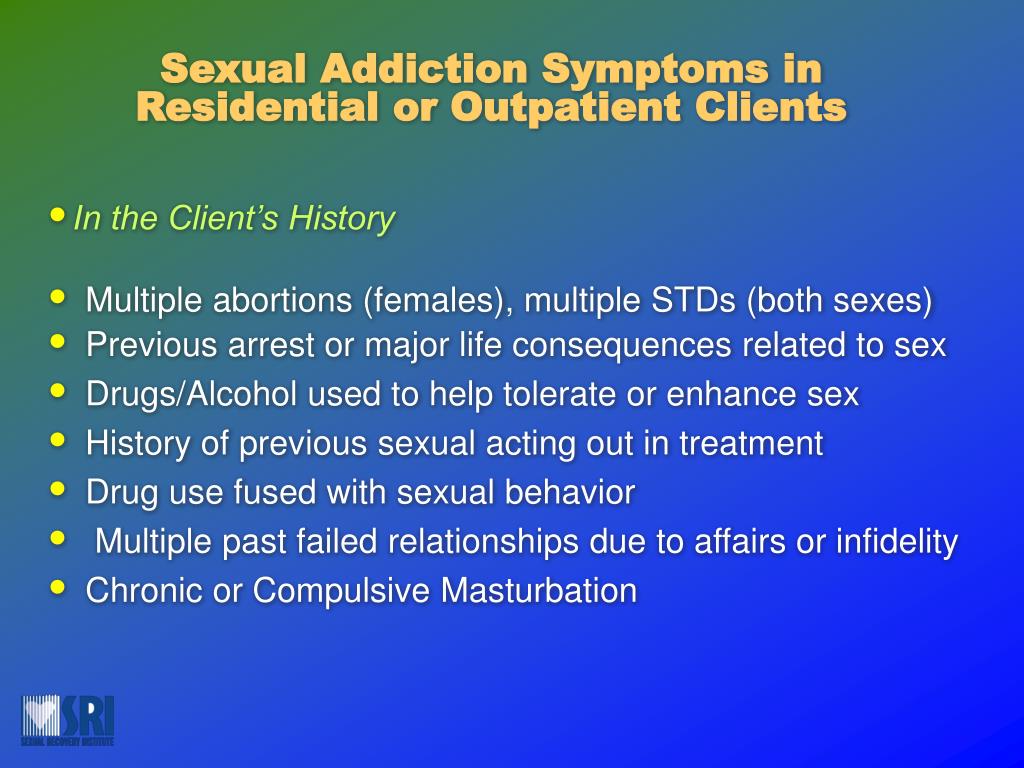Prior to you continue reading, we thought you may like to download our 3 Positive CBT Exercises for complimentary. These science-based exercises will provide you with a comprehensive insight into Positive CBT and will give you the tools to apply it in your therapy or training. You can download the free PDF.

A treatment strategy will consist of the patient or client's individual info, the diagnosis (or diagnoses, as is frequently the case with mental disorder), a general outline of the treatment prescribed, and space to measure outcomes as outpatient addiction treatment west palm beach the customer progresses through treatment. A treatment strategy does many things, the most important of which include: Defining the issue or disorder Describing the treatment prescribed by the health/mental health expert Setting a timeline for treatment development( whether it's a vague timeline or includes particular turning points) Recognizing the major treatment objectives Keeping in mind crucial turning points and goals This documents of the most essential components of treatment assists the therapist and client remain on the very same page, provides an opportunity for discussion of the treatment as prepared, and can serve as a boynton beach drug rehab treatment pointer and inspirational tool. While individuals in comparable scenarios with similar problems may have similar treatment strategies, it's crucial to understand that each treatment strategy is special. There are typically various methods to treat the same issue sometimes there are lots of various courses that treatment might take! No two treatment strategies will be https://manuelylyh348.hatenablog.com/entry/2020/09/21/194640 exactly the very same, since no two people's experiences are exactly the exact same. As noted previously, all treatment strategies are various they are unique items of the conversations between a therapist and client, the therapist's scientific knowledge, and the client's shared experience. Even in identical medical diagnoses in comparable people, distinctions are bound to manifest in any or all of the following components: History and Demographics client's psychosocial history, history of the signs, any previous treatment information Assessment/Diagnosis the therapist or clinician's diagnosis of the client's mental health problems, and any previous medical diagnoses will likewise be kept in mind Providing Issues the issues or symptoms that initially brought the client in Treatment Agreement the agreement between the therapist and customer that summarizes the objectives of treatment Responsibility an area on who is accountable for which parts of treatment (customer will be accountable for lots of, the therapist for others )Strengths the strengths and resources the client gives treatment( can include household support, character strengths, material support, etc.) Treatment Goals the" foundation" of the strategy, which need to specify, practical, personalized for the client, and measurable Goals goals are the larger, more broad results the therapist and customer are working for, while several objectives make up each goal; they are little, attainable actions that comprise a goal Modality, Frequency, and Targets various methods are frequently used to different goals, requiring a strategy that pairs methods, a frequency of sessions, expected conclusion date, and so on, with the particular goal Interventions the strategies, exercises, interventions, etc., that will be used in order to work towards each goal Progress/Outcomes a good treatment strategy must consist of area for tracking development towards goals and objectives( Great Therapy, 2016) The therapist and customer will collaborate to get this details down on paper, with the therapist contributing his or her knowledge in treatments and treatment results, and the client contributing competence in his/her own life and experiences. These advantages consist of: Treatment strategies offer a guide to treatment for both the therapist and customer. Treatment strategies can decrease the risk of scams, waste, abuse, and the prospective to trigger unintended harm to customers. Treatment strategies help with simple and reliable billing considering that all services rendered are recorded. Treatment plans can assist smooth any potential bumps in treatment, particularly if a client requires a sort of treatment the main therapist can not supply( e.g., a certain kind of intervention or a prescription for medication) or must see a new therapist for some other reason (e.g., if the customer or therapist has moved, or the therapist is on extended leave, Good Therapy, 2016). Treatment plans are not always required to offer or receive effective treatment, however they can be very practical in assisting in a smooth and hassle-free treatment experience. Objectives and goals will differ significantly from a single person to the next, specifically those dealing with very different issues. If you or your customer is dedicated to change but isn't rather sure where to begin, this link of prospective goals can spark a helpful discussion about where to go from here. For instance, a typical objective for those dealing with drug abuse may be to stop using their drug of option or alcohol, while a patient having problem with anxiety may set a goal to minimize their self-destructive ideas. In basic, these objectives need to be.

practical they must be affordable, offered the client's general experience and expects the future (how many people go to video game addiction treatment centers). For instance, an objective for a private with extreme stress and anxiety may be to take 10 steps outside their front door. The next objective might be to make it to the community market, or approximately 30 steps outside their front door. Fulfilling each goal will ultimately lead you to fulfill the objective.